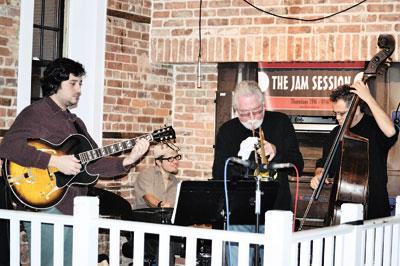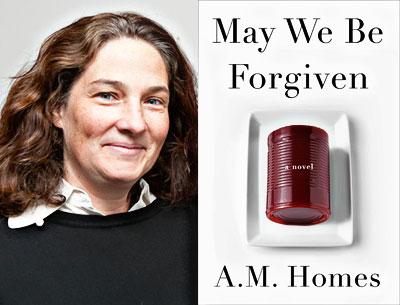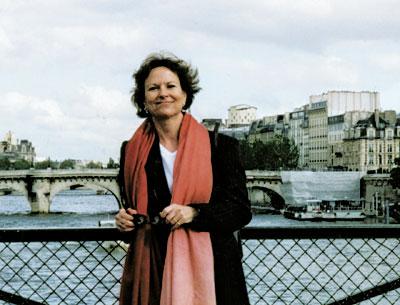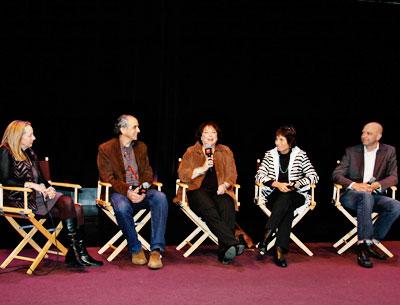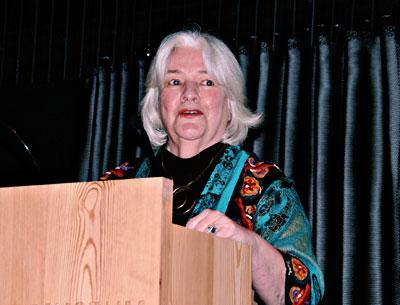Opinion: Back-to-Back Concerts of Baroque Christmas Music
Opinion: Back-to-Back Concerts of Baroque Christmas Music
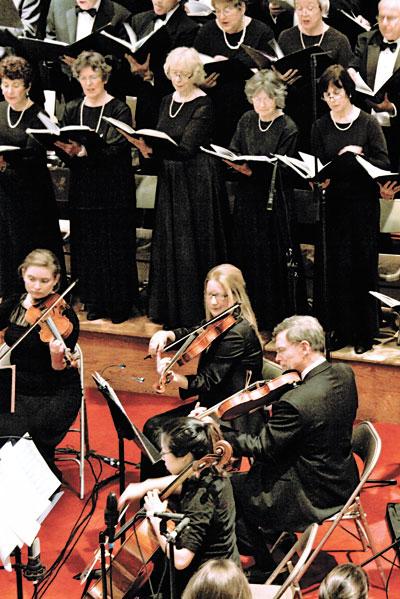
Aside from the familiar (sometimes over-familiar) carols, nothing suits the Christmas season better than blazing choral music of the Baroque. The Choral Society of the Hamptons, under Mark Mangini, has made something of a specialty of music of the 17th and 18th centuries, with a recent focus on the English anthems and oratorios of George Frederick Handel. But Sunday’s concert — actually concerts; there were two of them back to back — at the Bridgehampton Presbyterian Church moved the musical scene across the channel from the sterling zone to the home of the euro.
The ancient text of the Magnificat does not technically belong to the Christmas season, but its mixture of celebration and piety has attracted composers from Monteverdi to Bach to the Estonian composer Arvo Pärt, and the musical results certainly suit the season.
The program began and ended with two roughly contemporary Italian settings from the early 18th century, one typically misattributed to Giovanni Battista Pergolesi, the other securely assigned to Antonio Vivaldi, a composer better known for his instrumental music.
No composer has had more works misattributed to him than Pergolesi, who died young and then became internationally famous long after his death. Perhaps not surprisingly, we discover that what we know as Pergolesi’s Magnificat was actually by his teacher, Franceso Durante, a composer much admired in his day for his sober church music and then long forgotten, except by musicologists.
No such musicological shenanigans surround the Vivaldi Magnificat or his “Beatus Vir,” both works that combine the composer’s more familiar concerto-like instrumental style with a considerable dramatic flair. Vivaldi wrote reams of everything, including more than 40 operas, so it shouldn’t surprise us that his religious music has more than a touch of theatricality.
The Choral Society under Mr. Mangini’s direction was very much at home in this late Italian Baroque music, capturing both its vigor and its sweetness as well as its solid lines and dramatic light-and-shade. The singing in the Durante Magnificat might be described as restrained, perhaps not surprising in a rather formal work that came early on.
Things eased up later and the two Vivaldi works, in a more familiar style, were fluid and dramatic in the way that Italian religious painting from the Baroque to the Rococo can be theatrical. The Italian word for that light-and-dark contrast is chiaroscuro; the expression is commonly used for Baroque painting but is equally important in the music of the period. This concept was well understood and displayed in the dynamism and musical projection of a chorus that has been well and sensitively trained by its director.
Another element of contrast was between the soprano soloists, Mary Hubbell and Emily Eagen, both with clear, angelic voices, and the more operatic mezzo, Suzanne Schwing. In fact, Vivaldi’s writing for the mezzo voice was clearly more in Baroque operatic style than his writing for the sopranos, so this turned out to be a bit of good casting.
J. Andy McCullough, who doubled as tenor soloist and mainstay of the chorus tenors (necessitating a couple of athletic dashes from the tenor section in back to the solo lineup out front), and the baritone Mischa Bouvier were the excellent, fresh-voiced male soloists.
This was not purely an Italian program. There was a charming Christmas cantata by the French composer Marc-Antoine Charpentier, set up as a kind of dialogue between the baritone and the chorus about the Nativity. The other work on the program was the curious “In Dulci Jubilo” by the German early-Baroque composer Dietrich Buxtehude, consisting of variations on an antique mishmash of German and Latin lyrics set to a tune that is better known nowadays as “Good Christian Men, Rejoice.” What an odd piece; a snapshot perhaps of an unformed Baroque style very much still in progress.
Just before the turn to Vivaldi, the string ensemble performed Arcangelo Corelli’s Concerto Grosso No. 8, a work known as the Christmas concerto. Although the basic string ensemble was strong, there was a problem with the continuo keyboard part, here played on the church organ situated in the rear of the church. It was noticeable only a few places and, frankly, I missed the rhythmic edge of the harpsichord that usually provides the solid underpinning of the strings, particularly in support of the bass lines, here represented by only a single cello and double bass.
In choral music, organ continuo is perfectly legitimate, but it needs to be used with more emphasis; in the Baroque period, it would often have been accompanied by a theorbo, or bass lute, to help with those rhythmic bass lines.
None of this impacted the choral performance or the overall effectiveness of the program. I was told that the second performance of the day was even better than the first. Judging by the way things warmed up throughout the course of the afternoon, I would not have been the least bit surprised if that were the case. And if that second time through was better than the first, it must have been pretty good indeed.
The program ended with — what else? — some familiar carols. At the 3 p.m. performance, chorus and orchestra were joined by the East Hampton High School Vocal Camerata, David Douglas, director, to help sing an elegant arrangement of “Angels We Have Heard on High,” that most Baroque of traditional Christmas carols.
A series of recordings of Eric Salzman’s music-theater works are appearing on Labor/Naxos; already issued are “Civilization and its Discontents” (with Michael Sahl); “The Nude Paper Sermon,” and the four works that make up Wiretap (laborrecords.com/lab7089.html). For ordering information, laborrecords. com/lab7092.html. Mr. Salzman’s “Big Jim and the Small-time Investors,” workshopped last spring, is scheduled for production by the Center for Contemporary Opera in 2014.

